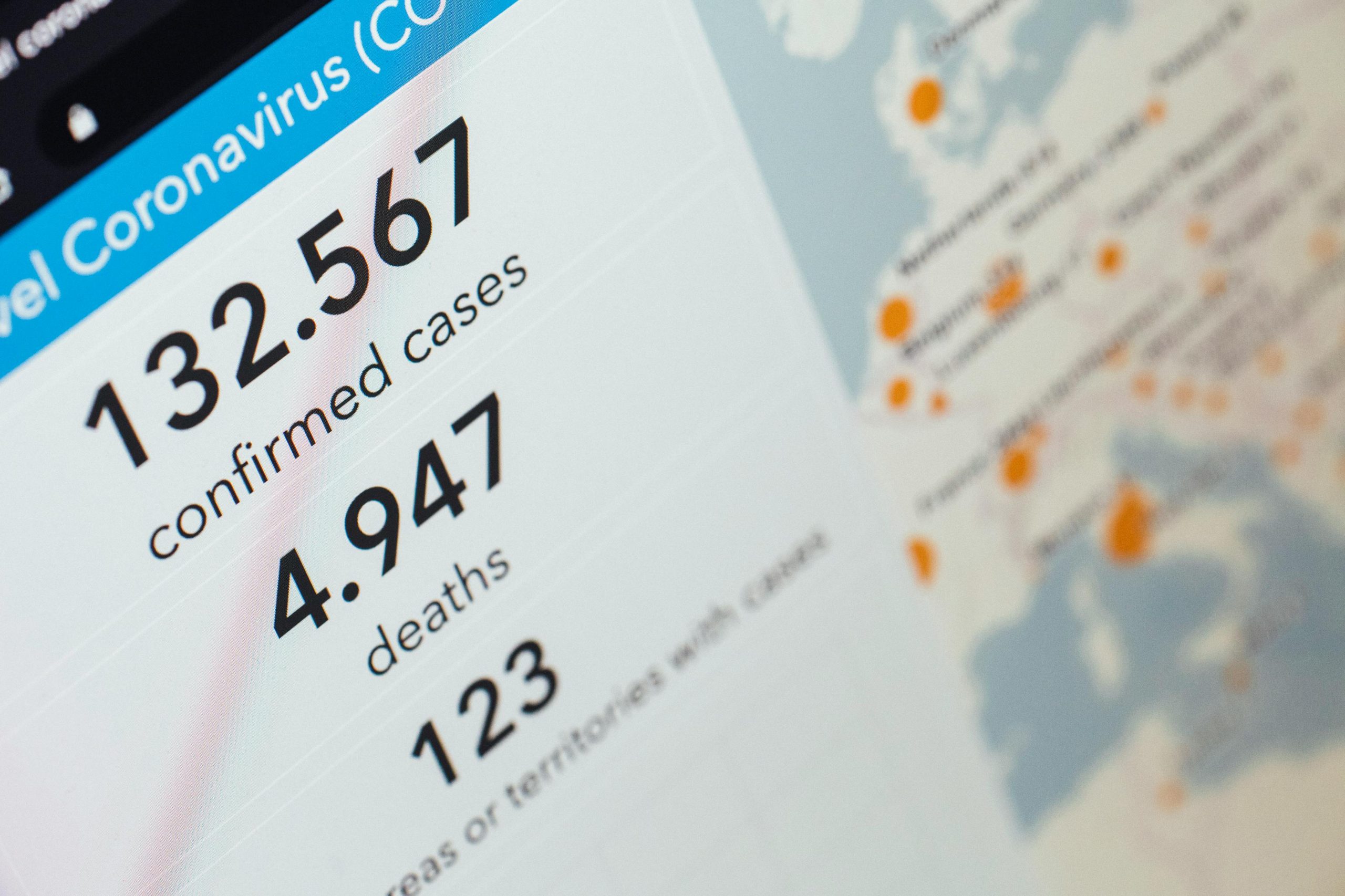The Israeli-Palestinian Conflict: A Catalyst for Global Surveillance Technology Expansion?
The longstanding strife in Gaza and the West Bank, which has provoked global concern for decades, appears to reveal a more profound narrative with recent escalations. As we delve into the technological aspects of this ongoing warfare, an unsettling question arises: Is this conflict serving as a crucible for the advancement of global surveillance technologies?
Israel has gained a reputation as a leader in both surveillance and defense technology, hosting major companies like NSO Group, known for its infamous Pegasus spyware, along with Elbit Systems and Cellebrite. These firms are deeply intertwined with governmental operations, playing pivotal roles in the proliferation of surveillance tools across the globe.
In many ways, Gaza has transformed into an experimental ground for various advanced technologies. This densely populated and highly monitored area serves as a testing site for a range of innovations, including surveillance systems, drone warfare, crowd management strategies, and AI-driven targeting mechanisms. The insights gained from these implementations are not merely discarded; they are refined and subsequently marketed to security agencies and governments worldwide.
Conflict zones provide a convenient excuse for extensive data collection measures. The development of biometric databases, predictive policing systems, and drone-surveillance tactics—all under the pretext of “counterterrorism”—are introduced and subsequently sold to both authoritarian regimes and purportedly democratic nations.
But who truly benefits from this continuous state of war? The answer points toward technology developers, private defense contractors, intelligence agencies, and investors with strong connections linking Silicon Valley to military establishments. A closer examination reveals that the trail of funding leads not toward peace but instead toward burgeoning profits.
Moreover, the manner in which media portrays the situation plays a significant role in shaping public perception. Coverage is often polarized, designed to create divisions, evade accountability, and numb the population to an environment of ongoing violence. Meanwhile, the underlying agenda—focused on data extraction, influence operations, and dominance in technology—remains largely unchallenged.
Consider the possibility that the objective is not to achieve a resolution but instead to enhance and refine surveillance capabilities. One must question whether the conflict is allowed to persist, not for reasons of territory or ideology, but as a means of fueling the next wave of surveillance capitalism.
The human cost of this conflict is painfully real. Yet, as we navigate through the devastation and turmoil, we must recognize a broader global framework that is quietly being optimized—one that operates beyond the reach of public scrutiny and without the consent of those



